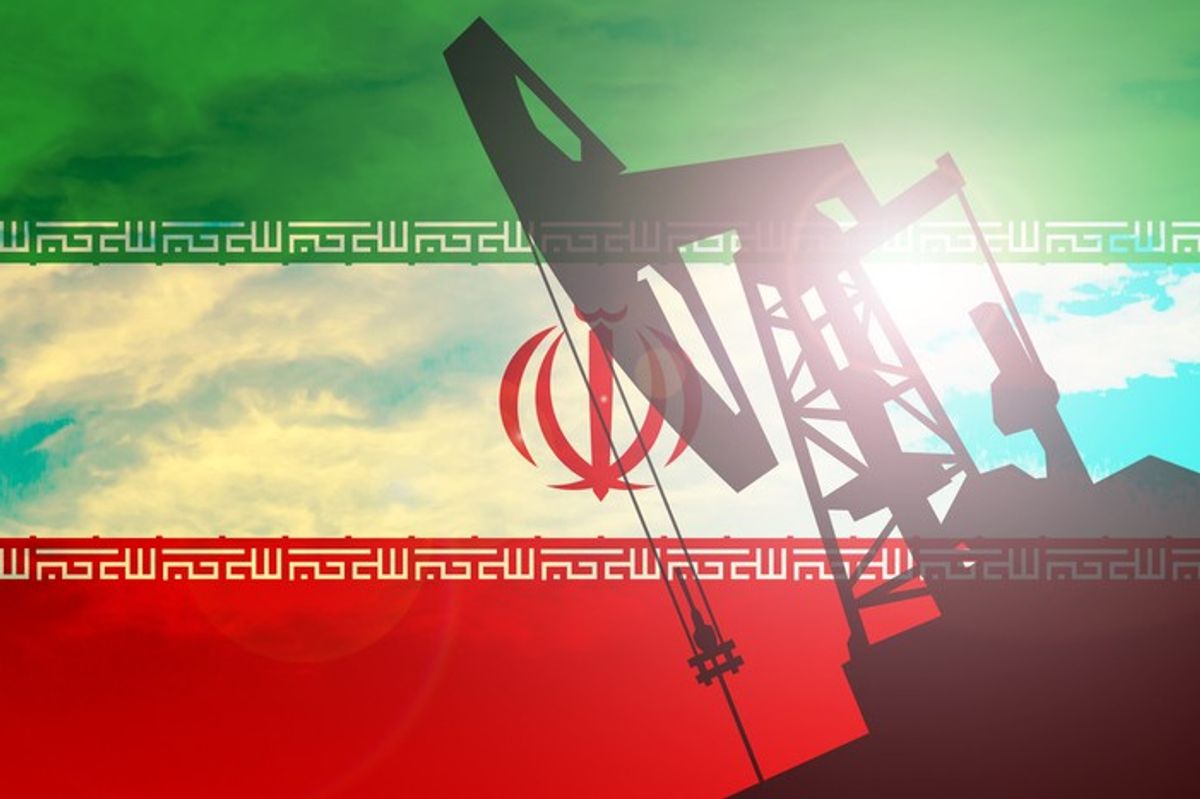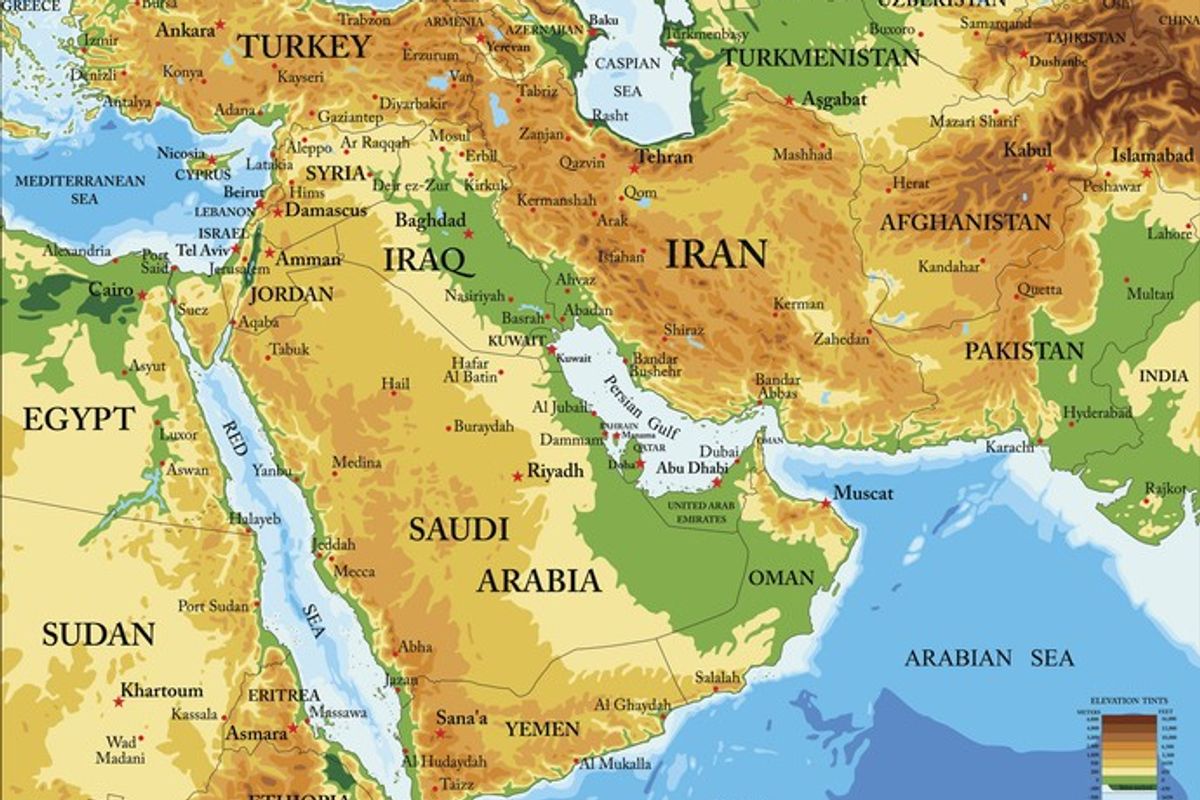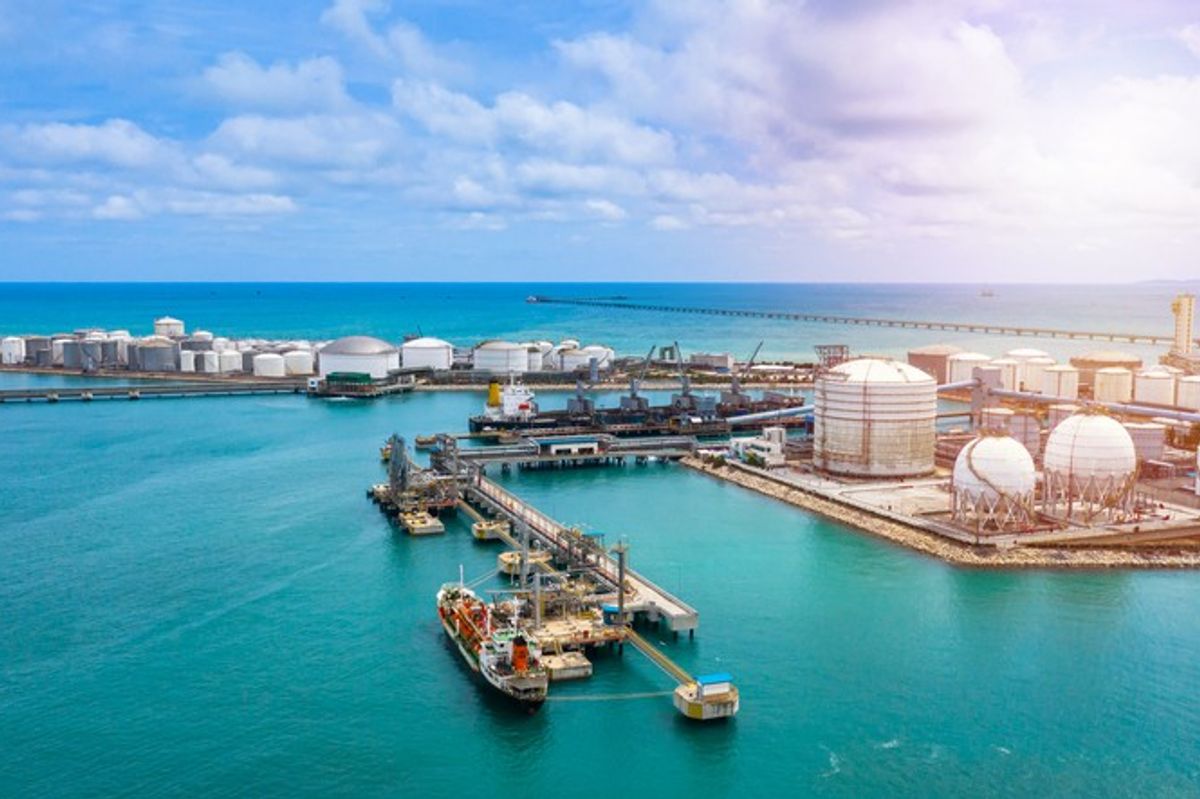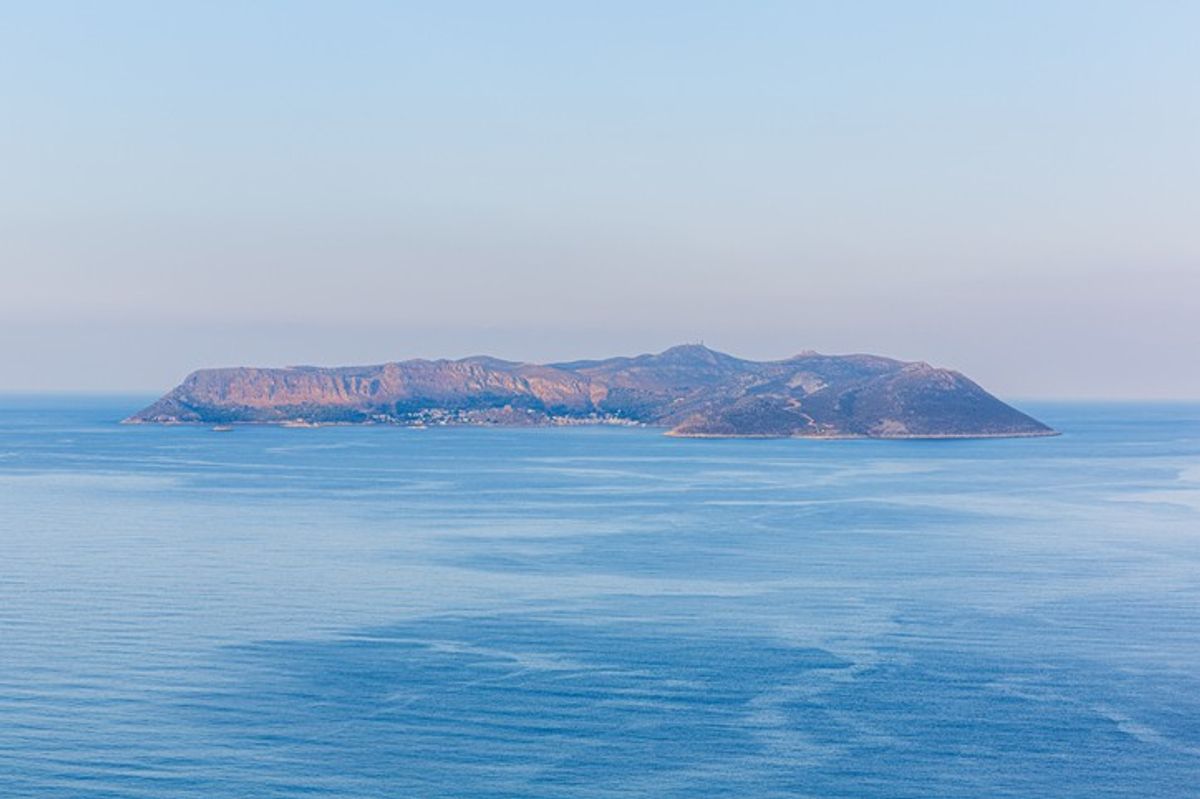OPEC members have finally reached an agreement to curb the global oil supply by cutting their overall production from 33.75 million barrels per day (mb/d) to the range of 32.5-33 mb/d. The main challenge will be the agreement’s implementation and how the supply will actually be reduced. The details of the agreement are going to be discussed and finalized during the next OPEC meeting in Vienna at the end of November.
The OPEC decision has both a psychological and an actual impact on the market and oil prices. At a moment, when there is a serious glut in the market, oil prices are more sensitive to any expectation of the supply and demand trend in the future. Since Iran’s nuclear deal and sanctions removal in January 2016, the prospect of Iran’s production bump has impacted expectations in the market. Iran’s production rise not only had an actual impact on market fundamentals and increased overall global supplies, it also increased the rivalry between major producers over market share. This pushed major producers like Saudi Arabia, Iraq, and Angola to offer further discounts to their costumers in Asian and European markets in order to maintain and increase their market shares in those regions.
However, the recent agreement has immediately pushed prices up and had a positive impact on the psychology of the market, as well as for future expectations of global oil supply and prices.
The recent OPEC deal in the Algeria happened for two key reasons. First, since January 2016, Saudi Arabia has increased oil production to its maximum level in order to obtain maximum possible market share before Iran returned to the market at full capacity. The Kingdom has been looking for an opportunity to reduce its production to a more sustainable level. By reducing about 400,000- 500,000 b/d, the Kingdom can reach this goal in the short/medium term.
Second, Iran has already increased its production by more than 600,000 b/d from January to June 2016. In the short term, and by the end of 2016, the country could only add an extra 100,000- 150,000 b/d, which is ready to be released in the market anytime from the end of September/mid-October. Any further oil production capacity from Iran will only be ready in the medium-term, possibly by 2020. Hence, at the Algeria meeting, Iran was confident that it had already reached its short-term maximum oil production level, which made the terms of the freeze agreement more palatable.
It is important to note that immediately after the Algiers accord, global oil prices surged, even before an actual supply cut could happen. Brent crude prices rose 14 percent in the first few weeks after the agreement, closing at a high of $53.14/b on Monday October 10, the highest prices in the last 15 months.
The recent OPEC agreement is a very important indication that its members could still work together and agree on the major market decisions and strategies based on the organization’s principles. However, this decision will only last as long as it serves the interest of the OPEC members. If the non-OPEC major producers, particularly Russia, do not take similar measures to support higher prices, and the OPEC producers feel that they are just losing market share to non-OPEC producers, they may break the freeze agreement.
It is important to note that this agreement does not mean that OPEC’s, and particularly Saudi Arabia’s, market strategy with regard to its major rivals in the market (mainly U.S. and Russia) has changed. This agreement is a short-term strategy to both test the market, and most importantly, alter oil prices, which is a key influential factor of the members’ economies.
At the World Energy Congress in Istanbul, Russia announced its commitment to join and support OPEC’s agreement to curb the crude oil output. This is the first time since 2008 that OPEC and non-OPEC states have worked together closely on balancing and putting a cap on the global oil supply. If, in the next few months, Russia keeps its promise to comply with OPEC’s supply cut decision, the market will witness significantly higher prices by the end of 2016.












